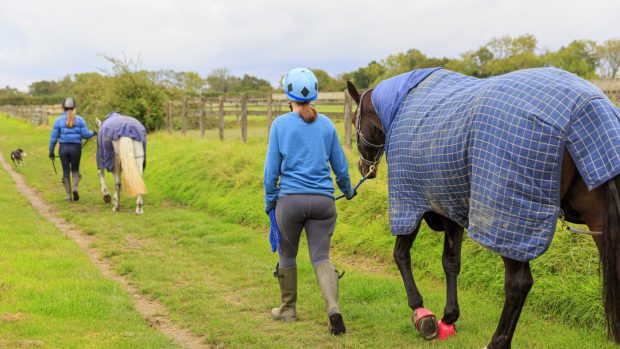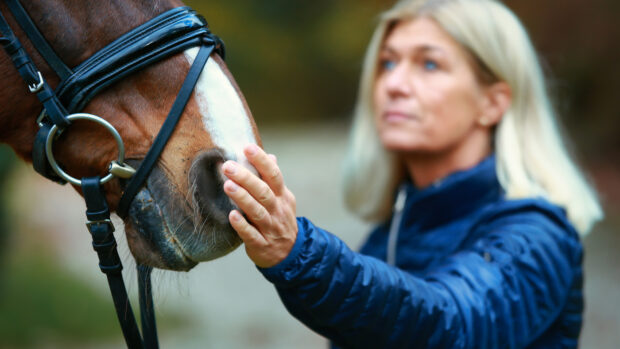When you insure a new horse or renew your existing equine insurance, owners should read their equine insurance policy carefully to see what exclusions are in place.
In general, pre-existing conditions which are shown up in a pre-purchase vetting, plus conditions which the horse has previously suffered from (regardless of whether you have claimed on your insurance for them), will be excluded from future claims under an equine insurance policy.
However, in the case of a particularly broad exclusion it may be possible to get it revised to make it more specific. If you consider that an exclusion is unwarranted, such as a whole hindlimb being exlucided in the case of a bone spavin, then try to negotiate with the insurer for a more precisely worded exclusion.
Shearwater Insurance’s Kathy Tansey advises: “Underwriters often only have minimal information available to them when they apply these exclusions – a small comment on a veterinary certificate, for example – and the best way of getting them revised is to provide the most detailed reports you can.”
Exclusions are put in place to protect the insurance company from ongoing and/or excessive risk, but you shoudl not expect to get a reduced premium as a result of having more exclusions added to your equine policy.
Unfortunately some horses have such wide-ranging exclusions that their owners consider insuring them to be unworthwhile. However, all horse owners are recommended to have a level of third-party liability insurance to protect them from legal action should their horse cause an accident in public.
Third-party liability cover is also available through membership of organisations such as the British Horse Society, equestrian sport governing bodies (eg: BE, BS) and the Countryside Alliance.
It is vital to check the small print of your equine policy at each and every renewal to find out exactly what you can – and cannot – claim for.
Looking for horse insurance? Try Horse & Hound’s insurance comparison service at horseandhound.co.uk/insurance
Parts of this feature were first published in Horse & Hound (10 March, 2011)




